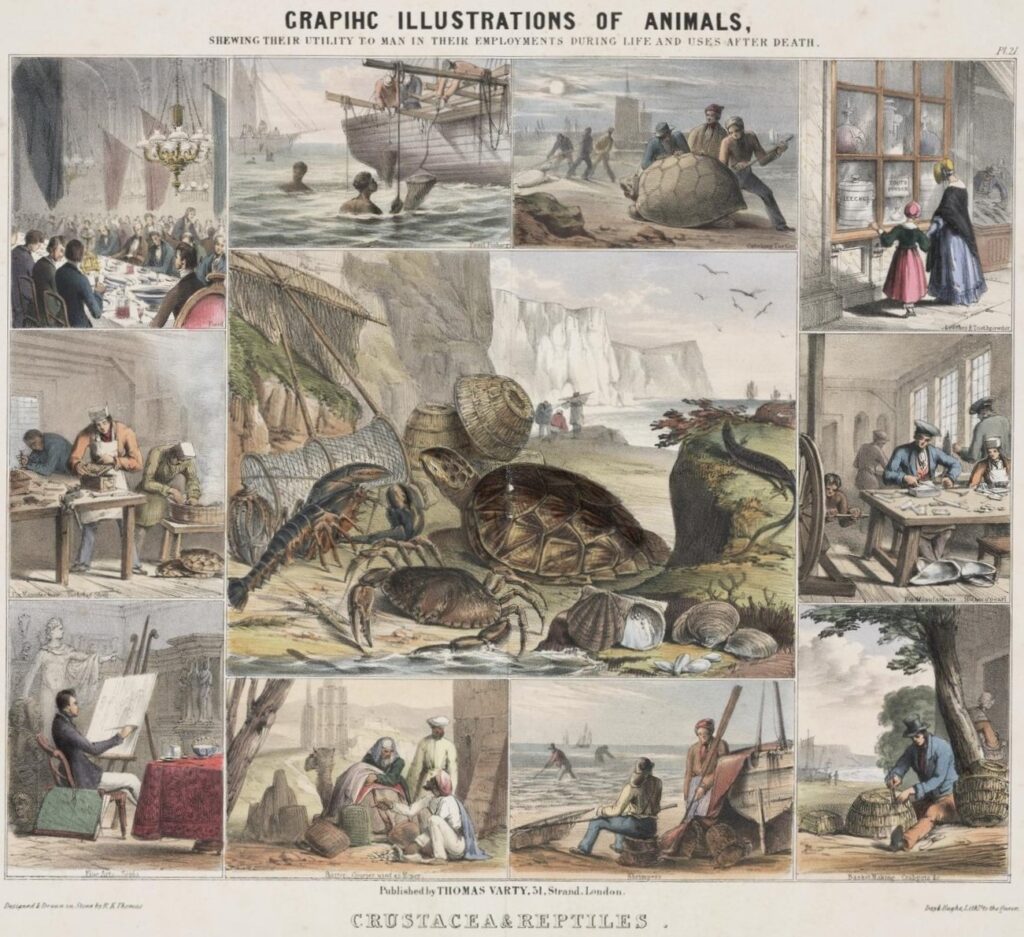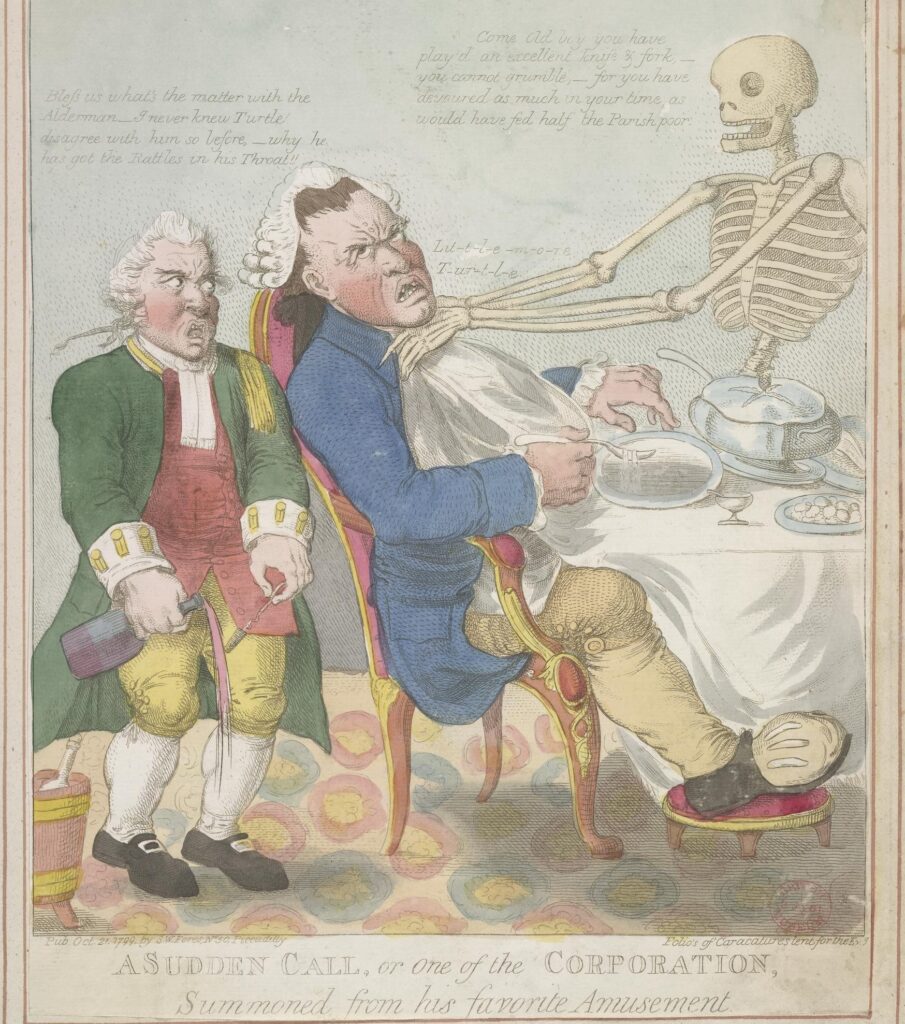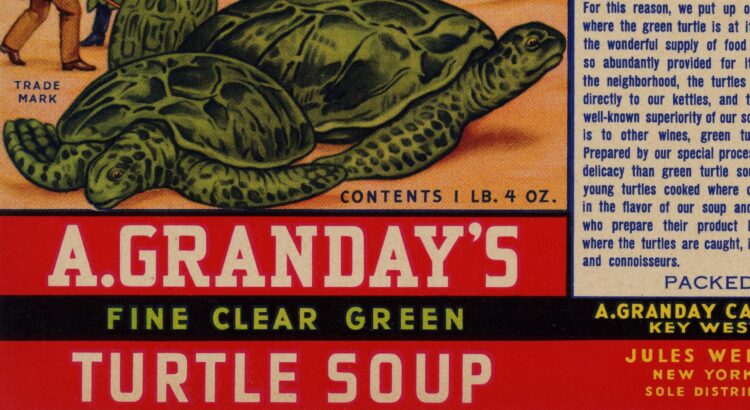You may have seen videoclips of baby turtles that have just hatched making the dangerous journey across sandy beaches to the ocean. After this ordeal has been survived, dodging predators such as crabs and birds, it’s not all smooth sailing for the green sea turtle. Tiger sharks are considered to be the main predator threatening the turtles’ lives, that is, if you don’t take humans into account.
The green sea turtle is a threatened species. This is why the green sea turtle now has a global protection status. When you think about human threat to turtles, you might immediately think of the impact of pollution on the turtle population of the world. We all try to use paper straws instead of plastic ones to save them, and to not litter any plastic because the poor creatures might end up stuck in plastic garbage floating around the ocean. But even before the mass production of these polluting single use plastics, humans had already posed a very serious threat to sea turtles. How so?
Turtle death by humans: eat (plastic) or be eaten
Turtles have been quite a popular food throughout history. Their meat has long been eaten in a number of places around the world, for example in China, Malaysia, Taiwan, Singapore, Japan, and Indonesia. Turtles are also consumed in the Caribbean, which is where the British learned about turtle soup. In her 2010 book Soup: a global history¸ Janet Clarkson explains that “it is difficult to overestimate the magnitude of the demand for turtles” during the time turtle soup was popular in Britain. At least fifteen thousand live turtles were shipped from the West Indies to Britain!

The Brits were very fond of a good bowl of turtle soup indeed, but the dish was a delicacy. It took quite some effort to import the turtles, and the animals became increasingly rare as time went on. After all, the British were severely overfishing them due to their popularity. The rarer they became, the more expensive they became as well. Turtle soup became a dish that was stereotypical for the upper classes of British society. Clarkson states that “From 1761 to 1825 [turtle soup] was never absent from the London Lord Mayor’s Day Banquet. It is probably not unreasonable to hold several generations of aldermen (high-ranking councilman) and other civic leaders responsible for eating the turtle almost to extinction.”
Let them eat turtle soup
As a result of turtle meat becoming a delicacy for the elites, turtle soup became a subject of political debate. Its consumption was used as an example of how wasteful the elites were, causing widespread malcontent among the broader public due to concerns about hunger among the masses. A whole host of satirical cartoons were produced exemplifying exactly this notion. One example of this is shown below.

Although rare, turtle meat occasionally caused a type of blood poisoning called chelonitoxism. This is why sudden death whilst consuming turtle soup is a recurring theme in satirical cartoons. Accessed through the digital collection of the British Museum.
Forgone but not forgotten
Due to the building pressure from broader society and the sharp increase in price of turtle meat (as the creatures had been hunted nearly to extinction), the consumption of turtle soup in Britain eventually declined. But the taste for turtle soup never disappeared… It was such a scrumptious dish, how could one live without? Fret not, all you fancy people, an alternative exists. Various kinds of meat from a calf’s head were found to have a similar taste and texture to turtle meat, making it the ideal substitute to make what would be known as mock turtle soup. Calf’s head soup was an already existing dish before this whole turtle matter came up, but mock turtle soup sounds a bit fancier doesn’t it?
A seasoning package produced around 1935. A 3D model of the box can be viewed through the digital catalogue of the Alimentarium, a Nestlé foundation. These seasoning blends did not disappear when the consumption of turtle in the UK declined. Instead, they were used to prepare mock turtle soup.

Real turtle soup is still consumed in numerous places around the world, the United States being one of them. The history of turtle soup as a dish, in the British context specifically, is linked to colonial exploitation of natural resources as well as class tension within British society. The dish itself was exported from another cultural setting to Britain as a delicacy, and the turtles were hunted and transported in such great quantities that it severely endangered the species, effectively depleting a natural resource. In Britain, turtle soup became a symbol of privileged waste and elitist disregard. The wealthy stuffed themselves with this exotic meat out of sheer gluttony, even though it could very well kill them, while the poor starved.
If you have never tried turtle soup before, I bet this blogpost has made you quite curious. Since we are concerned about the green sea turtle’s conservation status, I shall encourage you to try the following recipe for mock turtle soup, rather than to try to get your hands on some actual turtle meat.
Calf’s head unavailable? Try this vegan recipe:
Written by L.C. Boutros
Read more:
Clarkson, Janet (2010). Soup : a global history. London: Reaktion. pp. 115–118.
McMillen, Krystal. “Eating Turtle, Eating the World: Comestible Things in the Eighteenth Century.” In Eighteenth-Century Thing Theory in a Global Context, 236–253. Routledge, 2013.
